U D Choubey Chairman and managing director, GAIL talks with Jyoti Mukul as he dwells at length on an inclusive road map for the company
U D Choubey, chairman and managing director, GAIL, is an unassuming head of the country’s biggest gas marketing and transportation company. Under his navigation, the company has approached rivals, whether it is Oil and Natural Gas Corporation or Reliance Industries, and made them collaborators in the company’s growth. In an interview with Jyoti Mukul, he dwells at length on an inclusive road map for the company. Excerpts:
GAIL has planned an investment of over Rs 30,000 crore during the 11 h Plan period (2007-2012). What would be the specific areas of expansion?
GAIL will invest in natural gas transmission pipelines, exploration and production (E&P), petrochemicals, coal/in situ gassification, business development activities and city gas in the next five years.
The major chunk of investment will be in pipelines since transmission and distribution of natural gas is our core business. The total length of the new pipelines will be over 5,000 km with an estimated investment of Rs 20,0000 crore.
Our existing carrying capacity will increase from about 140 million standard cubic metre a day (mscmd) to 300 mscmd, which will boost our revenue from transportation by two-and-a-half times.
On petrochemicals front, GAIL proposes to add significant capacities through new plants in partnership with public/private sector, both in India and abroad. GAIL plans to invest about Rs 1,000 crore in the petrochemical sector.
The company also wants to strengthen presence through upstream and downstream integration. About Rs 18,000 crore expenditure is planned for E&P activities, whereas Rs 600 crore has been earmarked for coal/in situ gasification. Another Rs 400 crore has been earmarked for business development activities.
What are your plans for the petrochemical sector?
GAIL is currently setting up a 280,000 tonne annual polymer capacity Assam Gas Cracker Project (AGCP) at an investment of Rs 5,460 crore through Brahmaputra Cracker and Polymer Ltd. GAIL is also looking to expand its presence through joint ventures - with at least one more plant in India and one overseas.
GAIL recently achieved mechanical completion of a new 100,000 TPA HDPE plant at its Petrochemical Complex in Pata, Uttar Pradesh, based on technology from Mitsui, Japan . With the completion of the new HDPE plant, the capacity of the Pata petrochemical plant has increased to 410,000 tonne per annum from 310,000 TPA.
Gas producers in the country may like to transport and market natural gas in the future on their own. How will the company ensure gas supply for itself?
Now, with the Petroleum and Natural Gas Regulatory Board in place, all future pipelines will require its approval and will be laid on a common carrier basis.
We have already tied up for gas supplies with different companies. We are sure that these companies would be using GAIL infrastructure for transporting gas since duplication of infrastructure does not make sense. We have extended our willingness to provide interconnectivity and transport gas from one end to the other on non-discriminatory common carrier basis.
This year tour company tied up with a number of other oil and gas companies. Can you elaborate on the nature of tie-ups?
GAIL is actively pursuing the philosophy of cooperation and collaboration in the energy sector. The company has taken numerous steps to forge new relationships, cement existing ones and collaborate within the hydrocarbon industry and beyond, with the private as well as public sector.
GAIL has signed term sheets with Reliance Industries for transportation of natural gas from the Krishna Godavari basin through an integrated pipeline network. GAIL also initiated a MoU with ONGC for transportation of the gas from ONGC fields on the east coast.
GAIL and Shell have initialled a broad framework of agreement for cooperation that will help evacuation of regassified LNG from Shell’s Hazira terminal through pipeline to GAIL’s customers. GAIL and ONGC signed a gas supply agreement for gas supplies from ONGC oil and gas fields for 15 years. GAIL recently signed an MoU with ONGC for the formation of a joint venture.
What has made the company look at this collaborative route?
GAIL believes there is a greater benefit in collaboration rather than duplication of assets. This would also help in avoiding unnecessary investment which otherwise could have been used in areas of non-core competence.
GAIL was required to unbundle its marketing and transportation business. What has been the progress so far?
GAIL has effected accounting separation of gas transmission and gas marketing verticals, and will comply with any such requirement as the gas market moves towards maturity.
There was a debate on natural gas pricing in the country. What are your views on it? Should it be market determined or should it be available at concessional rates to sectors like fertiliser and power?
The issue of gas pricing is really not new. However, with the NELP contracts and the provisions of the PSCs, it has come to the forefront in light of the major gas discoveries and their monetisation.
The recent price discovery by the Centre at the highest level by involving all players — administrative ministry, the producers and end user ministries — has set an excellent example.
How is gas pricing done in other countries?
The methodologies of gas pricing followed in different countries fall mainly into three main categories—cost of service pricing (cost plus method), netback pricing linked to competing fuel and regulated pricing. The practices in different countries can be clubbed into Asia / Pacific trend, OECD Europe and the US Market.
LNG dominates the Asian gas market with Japan as a major buyer and Indonesia a seller. Originally, LNG prices to Japan were cost based but later linked to alternative fuel in power generation, which was oil. This practice still prevails and most LNG prices are linked to JCC (Japanese oil price indicator).
Pricing formula in European contracts are, mainly, based on net back pricing rule with crude oil or oil products as main escalators since oil products have historically been the main competitors to gas.
The North American gas market has progressed towards becoming a commodity market over the past few years. The gas prices are generally not based on either cost plus or net back basis but are fixed as a function of gas-to-gas competition. Any short-term changes in supply and demand are more or less immediately reflected in spot gas prices. Short-term contracts is a rule rather than an exception.
Myanmar and Oman are two countries where GAIL has a presence in the upstream sector. But how far acquisition of blocks overseas enhances energy supply to India especially in the wake of China being able to clinch a gas deal with Myanmar for gas even though GAIL was ready to offer a higher price?
GAIL has equity participation in two blocks in Myanmar and one block in Oman . This limited exposure in upstream blocks abroad cannot be used as a basis for commenting on addressing the issue of energy security. These reverses cannot be taken as perennial and a long term view needs to be taken on such matters.
Are you looking at more acquisitions in upstream assets overseas?
We are looking at strengthening our overseas portfolio in the field of E&P and petrochemicals and are exploring various options including holding equity in international pipeline and city gas distribution abroad. Acquisition is a possibility for overseas expansion. However, there are no concrete plans at present.
![submenu-img]() House of the Dragon season 2 trailer: Rhaenyra wages an unwinnable war against Aegon, Dance of the Dragons begins
House of the Dragon season 2 trailer: Rhaenyra wages an unwinnable war against Aegon, Dance of the Dragons begins![submenu-img]() Panchayat season 3 trailer: Jitendra Kumar returns as sachiv, Neena, Raghubir get embroiled in new political tussle
Panchayat season 3 trailer: Jitendra Kumar returns as sachiv, Neena, Raghubir get embroiled in new political tussle![submenu-img]() Apple partners up with Google against unwanted tracker, users will be alerted if…
Apple partners up with Google against unwanted tracker, users will be alerted if…![submenu-img]() Meet actress whose debut film was superhit, got married at peak of career, was left heartbroken, quit acting due to..
Meet actress whose debut film was superhit, got married at peak of career, was left heartbroken, quit acting due to..![submenu-img]() Who is the real owner of Delhi's Connaught Place and who collects rent from here?
Who is the real owner of Delhi's Connaught Place and who collects rent from here?![submenu-img]() Meet man who is 47, aspires to crack UPSC, has taken 73 Prelims, 43 Mains, Vikas Divyakirti is his...
Meet man who is 47, aspires to crack UPSC, has taken 73 Prelims, 43 Mains, Vikas Divyakirti is his...![submenu-img]() IIT graduate gets job with Rs 100 crore salary package, fired within a year, he is now working as…
IIT graduate gets job with Rs 100 crore salary package, fired within a year, he is now working as…![submenu-img]() Goa Board SSC Result 2024: GBSHSE Class 10 results to be out today; check time, direct link here
Goa Board SSC Result 2024: GBSHSE Class 10 results to be out today; check time, direct link here![submenu-img]() CUET-UG 2024 scheduled for tomorrow postponed for Delhi centres; check new exam date here
CUET-UG 2024 scheduled for tomorrow postponed for Delhi centres; check new exam date here![submenu-img]() Meet man who lost eyesight at 8, bagged record-breaking job package at Microsoft, not from IIT, NIT, VIT, his salary is…
Meet man who lost eyesight at 8, bagged record-breaking job package at Microsoft, not from IIT, NIT, VIT, his salary is…![submenu-img]() DNA Verified: Is CAA an anti-Muslim law? Centre terms news report as 'misleading'
DNA Verified: Is CAA an anti-Muslim law? Centre terms news report as 'misleading'![submenu-img]() DNA Verified: Lok Sabha Elections 2024 to be held on April 19? Know truth behind viral message
DNA Verified: Lok Sabha Elections 2024 to be held on April 19? Know truth behind viral message![submenu-img]() DNA Verified: Modi govt giving students free laptops under 'One Student One Laptop' scheme? Know truth here
DNA Verified: Modi govt giving students free laptops under 'One Student One Laptop' scheme? Know truth here![submenu-img]() DNA Verified: Shah Rukh Khan denies reports of his role in release of India's naval officers from Qatar
DNA Verified: Shah Rukh Khan denies reports of his role in release of India's naval officers from Qatar![submenu-img]() DNA Verified: Is govt providing Rs 1.6 lakh benefit to girls under PM Ladli Laxmi Yojana? Know truth
DNA Verified: Is govt providing Rs 1.6 lakh benefit to girls under PM Ladli Laxmi Yojana? Know truth![submenu-img]() Ananya Panday stuns in unseen bikini pictures in first post amid breakup reports, fans call it 'Aditya Roy Kapur's loss'
Ananya Panday stuns in unseen bikini pictures in first post amid breakup reports, fans call it 'Aditya Roy Kapur's loss'![submenu-img]() Remember Harsh Lunia? Just Mohabbat child star, here's how former actor looks now, his wife is Bollywood's popular...
Remember Harsh Lunia? Just Mohabbat child star, here's how former actor looks now, his wife is Bollywood's popular...![submenu-img]() Mother's Day 2024: Bollywood supermoms who balance motherhood, acting, and run multi-crore businesses
Mother's Day 2024: Bollywood supermoms who balance motherhood, acting, and run multi-crore businesses![submenu-img]() Rocky Aur Rani's Golu aka Anjali Anand shocks fans with drastic weight loss without gym, says fitness secret is...
Rocky Aur Rani's Golu aka Anjali Anand shocks fans with drastic weight loss without gym, says fitness secret is...![submenu-img]() In pics: Ram Charan gets mobbed by fans during his visit to Pithapuram for ‘indirect campaign’ for uncle Pawan Kalyan
In pics: Ram Charan gets mobbed by fans during his visit to Pithapuram for ‘indirect campaign’ for uncle Pawan Kalyan![submenu-img]() Haryana Political Crisis: Will 3 independent MLAs support withdrawal impact the present Nayab Saini led-BJP government?
Haryana Political Crisis: Will 3 independent MLAs support withdrawal impact the present Nayab Saini led-BJP government?![submenu-img]() DNA Explainer: Why Harvey Weinstein's rape conviction was overturned, will beleaguered Hollywood mogul get out of jail?
DNA Explainer: Why Harvey Weinstein's rape conviction was overturned, will beleaguered Hollywood mogul get out of jail?![submenu-img]() What is inheritance tax?
What is inheritance tax?![submenu-img]() DNA Explainer: What is cloud seeding which is blamed for wreaking havoc in Dubai?
DNA Explainer: What is cloud seeding which is blamed for wreaking havoc in Dubai?![submenu-img]() DNA Explainer: What is Israel's Arrow-3 defence system used to intercept Iran's missile attack?
DNA Explainer: What is Israel's Arrow-3 defence system used to intercept Iran's missile attack?![submenu-img]() House of the Dragon season 2 trailer: Rhaenyra wages an unwinnable war against Aegon, Dance of the Dragons begins
House of the Dragon season 2 trailer: Rhaenyra wages an unwinnable war against Aegon, Dance of the Dragons begins![submenu-img]() Panchayat season 3 trailer: Jitendra Kumar returns as sachiv, Neena, Raghubir get embroiled in new political tussle
Panchayat season 3 trailer: Jitendra Kumar returns as sachiv, Neena, Raghubir get embroiled in new political tussle![submenu-img]() Meet actress whose debut film was superhit, got married at peak of career, was left heartbroken, quit acting due to..
Meet actress whose debut film was superhit, got married at peak of career, was left heartbroken, quit acting due to..![submenu-img]() 'Ek actress 9 log saath leke...': Farah Khan criticises entourage culture in Bollywood
'Ek actress 9 log saath leke...': Farah Khan criticises entourage culture in Bollywood![submenu-img]() Bollywood’s 1st multi-starrer had 8 stars, makers were told not to cast Kapoors; not Sholay, Nagin, Shaan, Jaani Dushman
Bollywood’s 1st multi-starrer had 8 stars, makers were told not to cast Kapoors; not Sholay, Nagin, Shaan, Jaani Dushman![submenu-img]() Who is the real owner of Delhi's Connaught Place and who collects rent from here?
Who is the real owner of Delhi's Connaught Place and who collects rent from here?![submenu-img]() Viral video: Chinese artist's flaming 'stairway to heaven' stuns internet, watch
Viral video: Chinese artist's flaming 'stairway to heaven' stuns internet, watch![submenu-img]() Video: White House plays 'Sare Jahan Se Achha Hindustan Hamara" at AANHPI heritage month celebration
Video: White House plays 'Sare Jahan Se Achha Hindustan Hamara" at AANHPI heritage month celebration![submenu-img]() Viral video: Bear rides motorcycle sidecar in Russia, internet is stunned
Viral video: Bear rides motorcycle sidecar in Russia, internet is stunned![submenu-img]() Driver caught on camera running over female toll plaza staff on Delhi-Meerut expressway, watch video
Driver caught on camera running over female toll plaza staff on Delhi-Meerut expressway, watch video












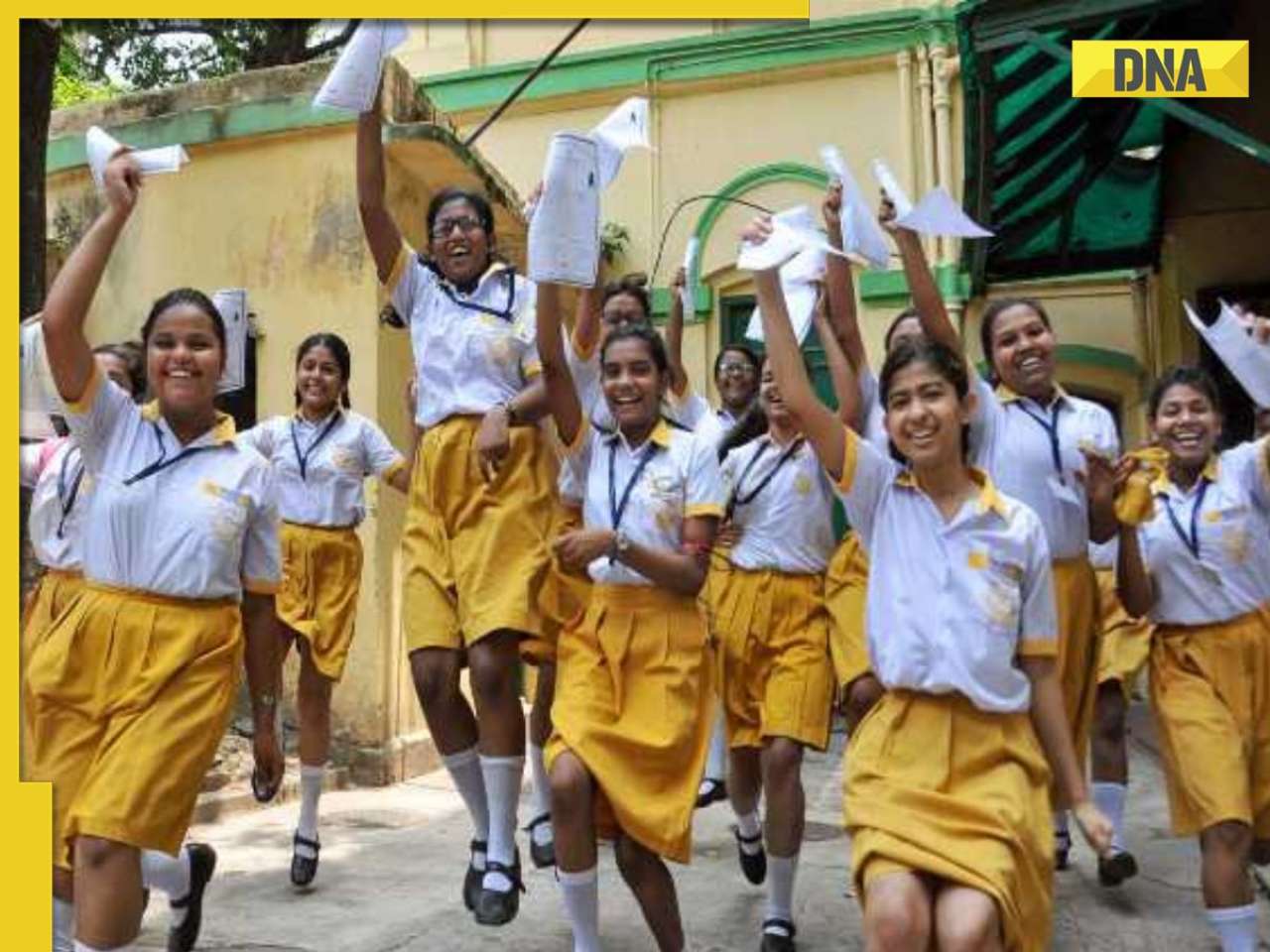
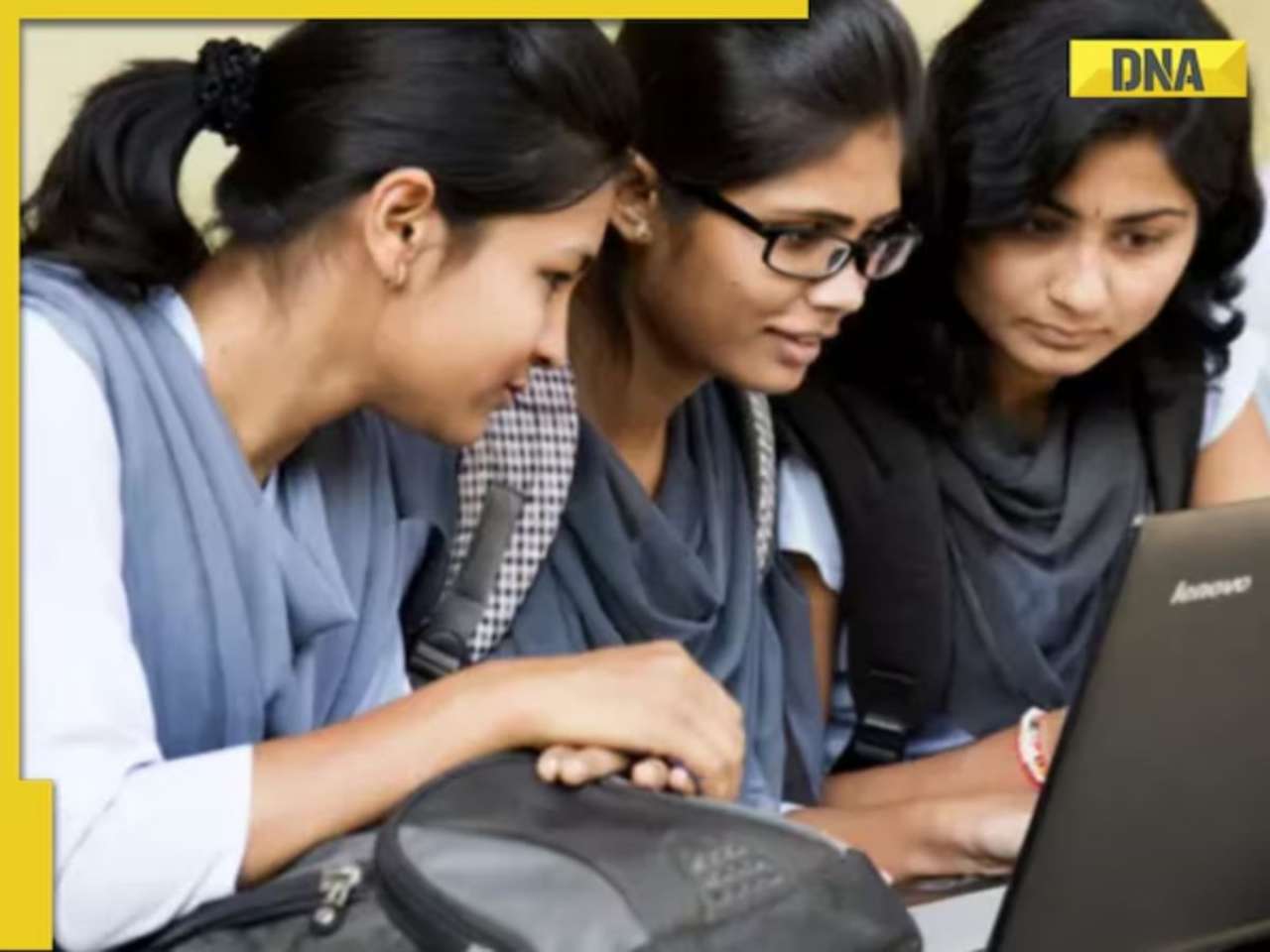

















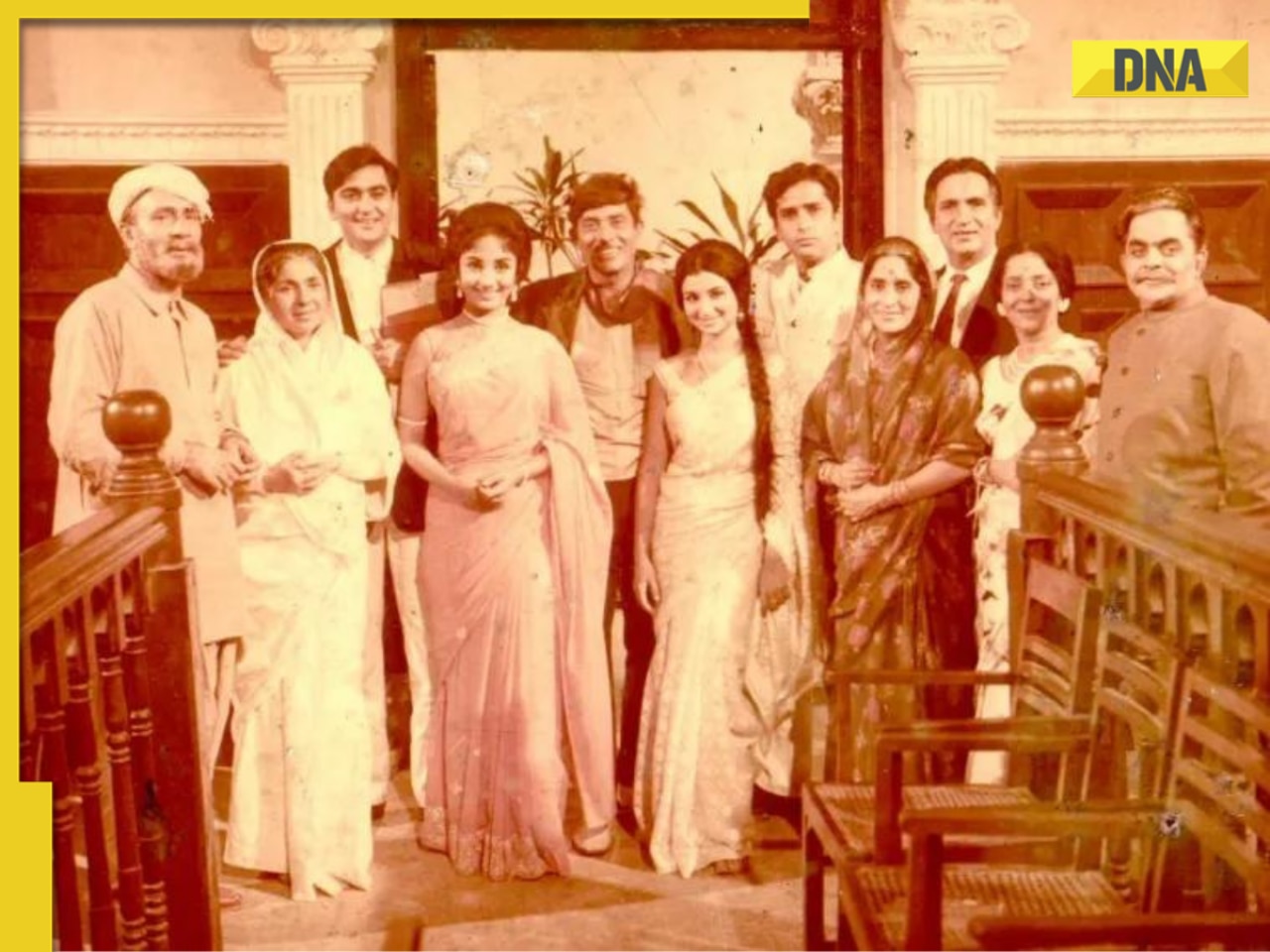
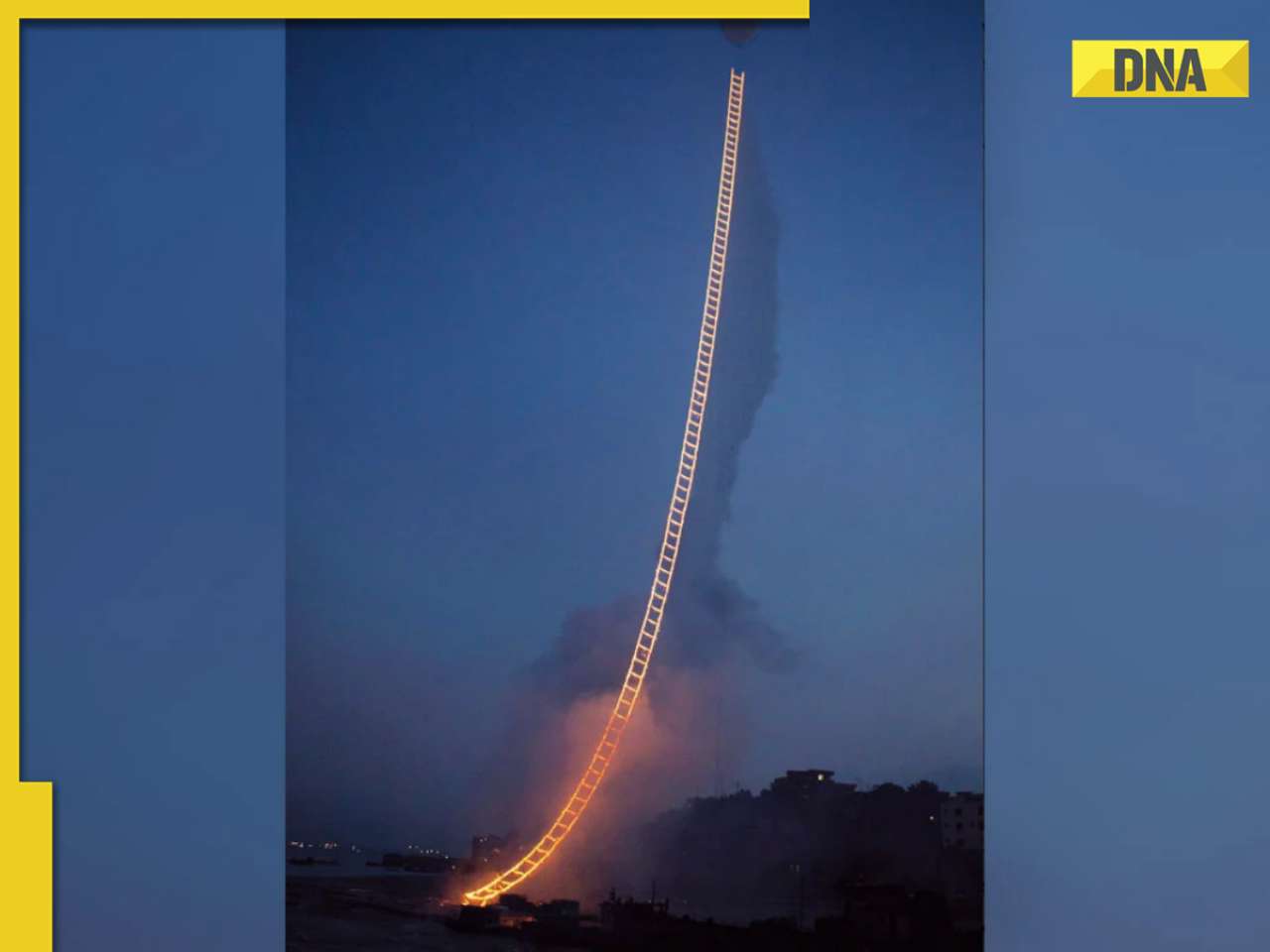
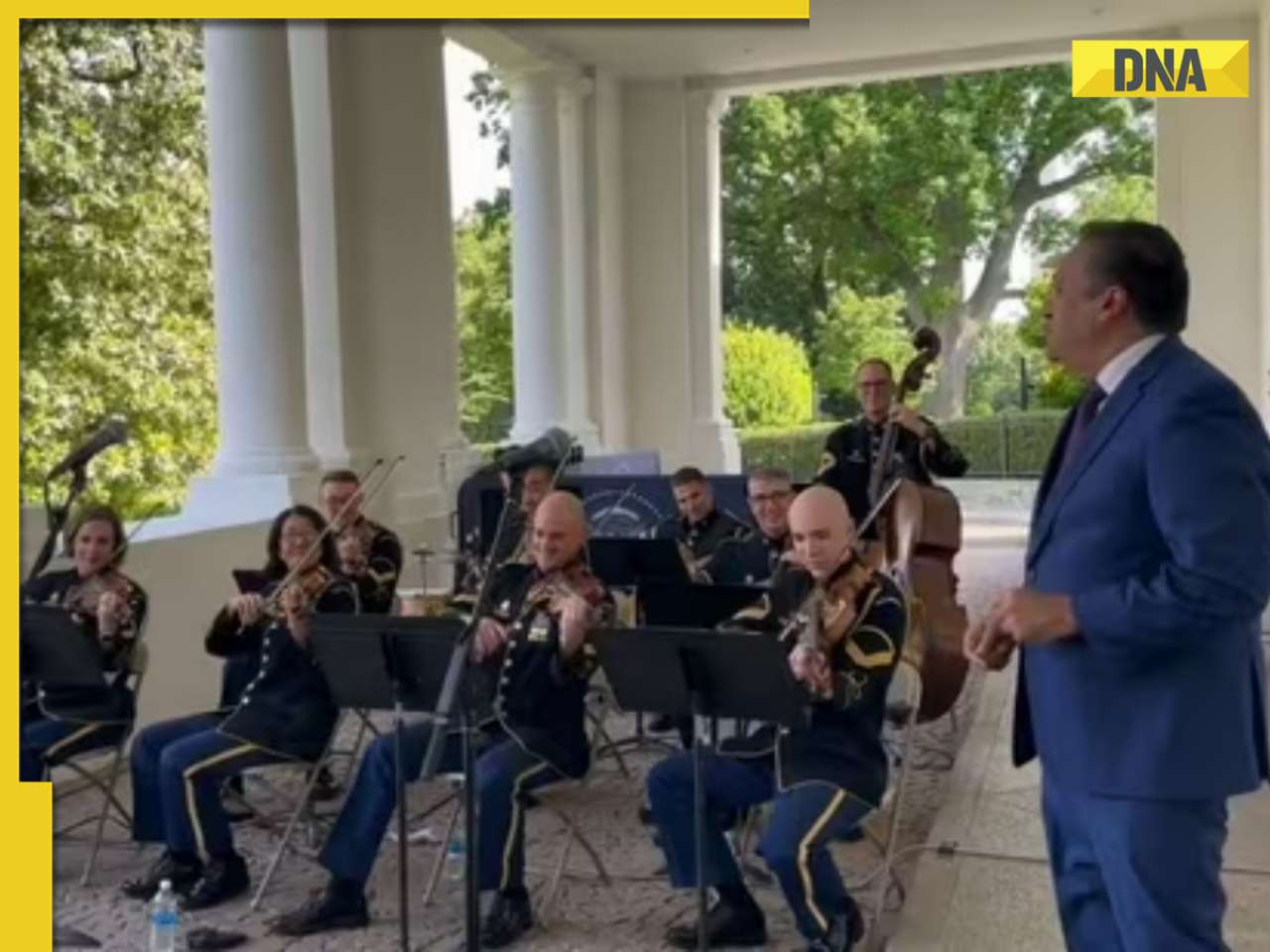











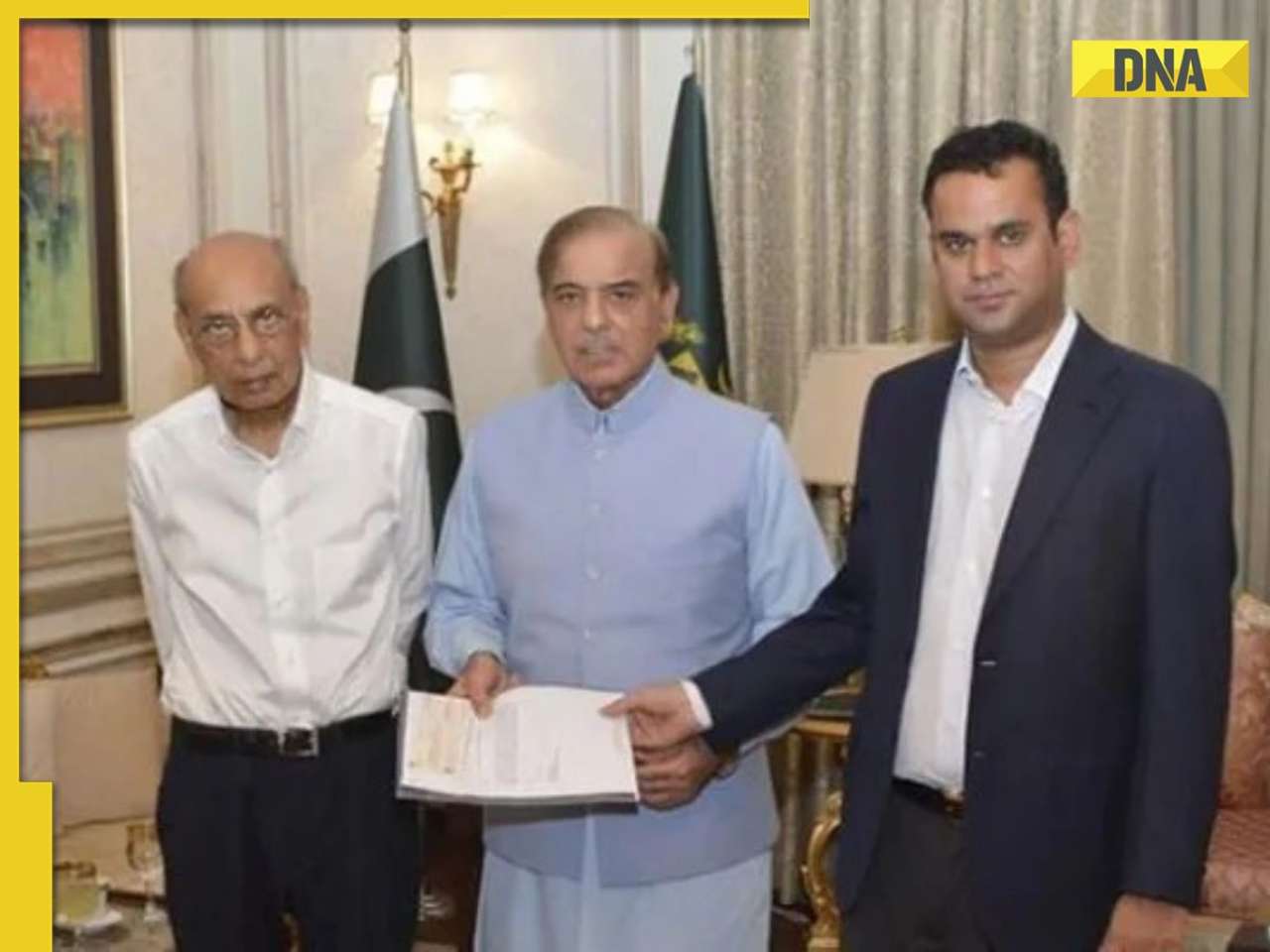
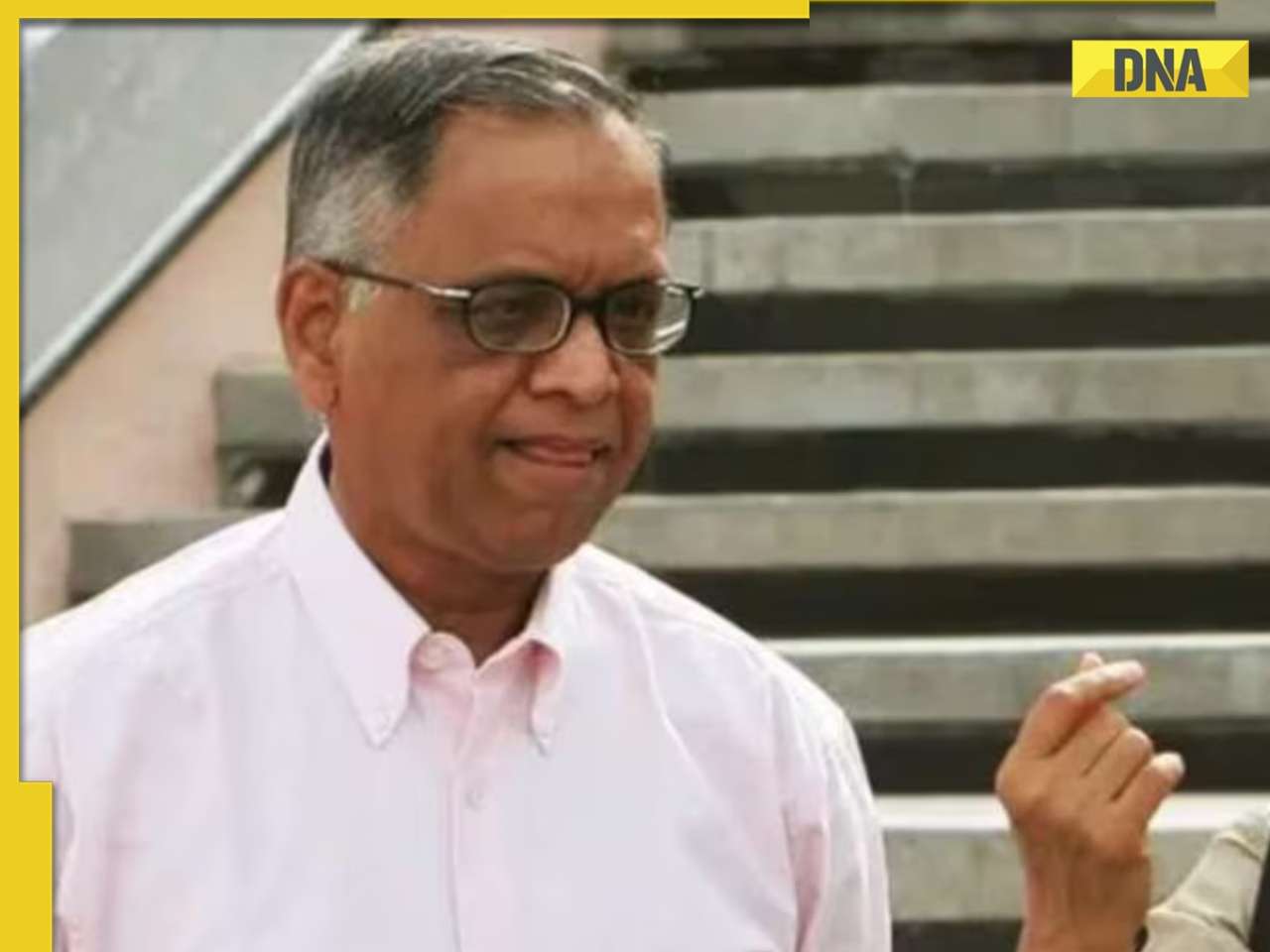








)
)
)
)
)
)